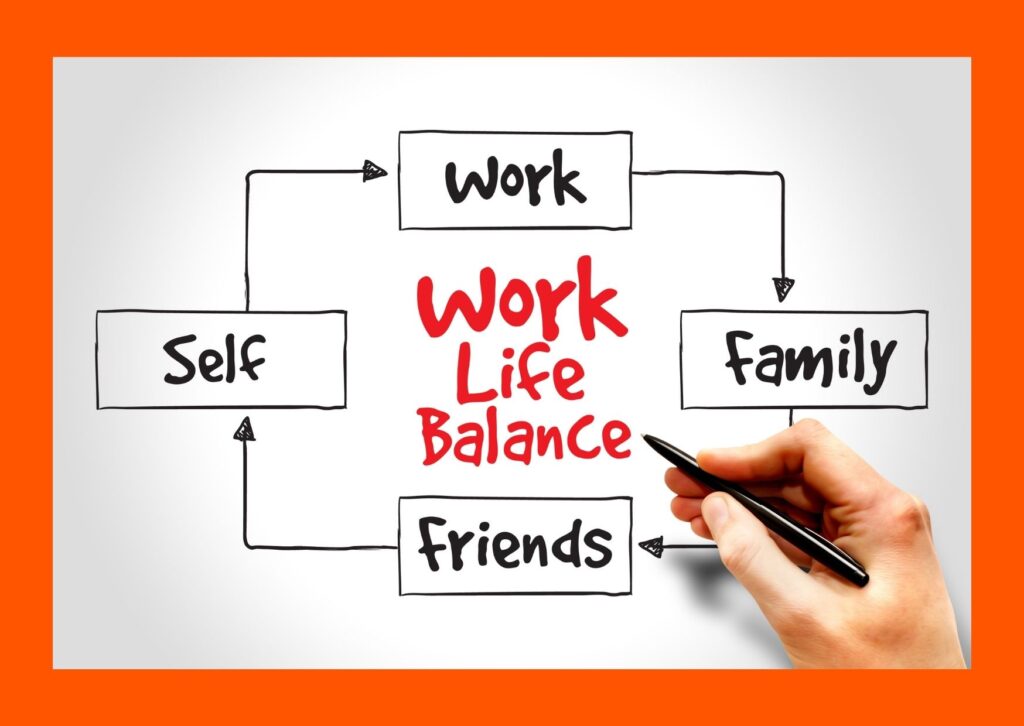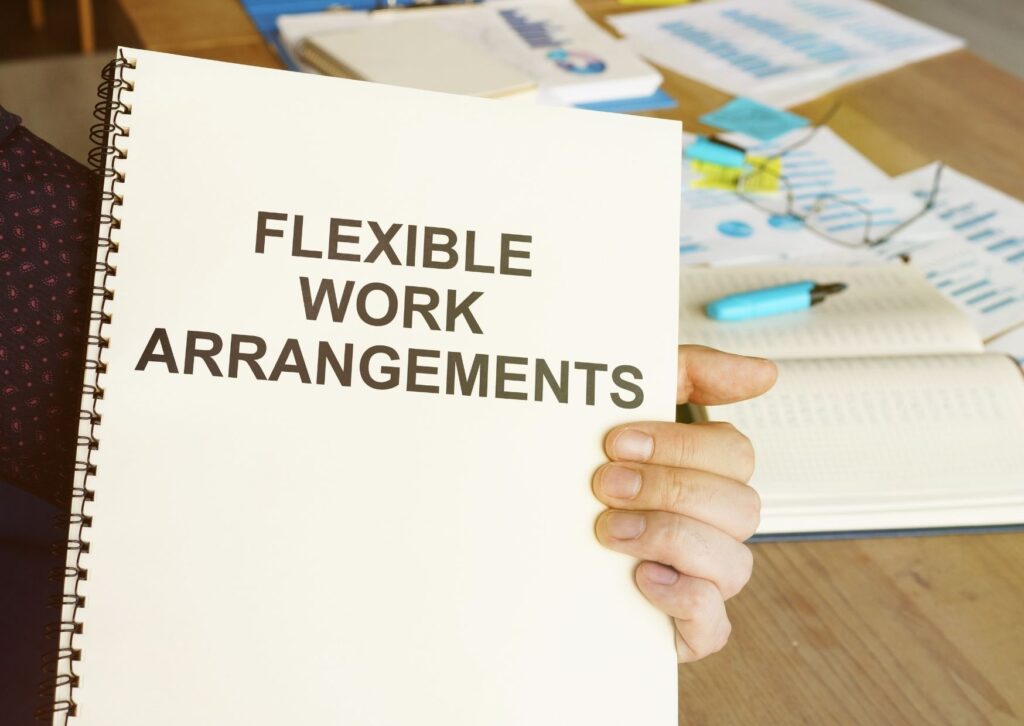7 Ways To Prevent Employee Burnout!
Employee burnout is a problem that can sap energy, reduce productivity, and lead to health issues.
But it can be helped!
Employers have the power to turn the tide by implementing methods that support their employees.
In this blog we’ll dive into burnout and discover seven strategic ways to prevent burnout and keep your team healthy, engaged, and thriving.
Let’s make workplace wellbeing a priority.
Contents
What are the Signs of Employee Burnout?
How Does Burnout Impact Our Bodies?
Why is Burnout Different From Depression?
How Can Employers Help Prevent Burnout?
7 Tips to Help Employers Prevent Employee Burnout?
What is Burnout?
Burnout is a type of exhaustion brought on by a persistent feeling of being overloaded. Excessive and prolonged emotional, physical, and mental stress causes it. Burnout is frequently linked to one’s employment.
When individuals are overloaded, emotionally tired, and unable to keep up with life’s never-ending demands, they’ve often reached burnout.

What are the Signs of Employee Burnout?
Burnout can present itself in a range of ways. Those who are experiencing burnout may notice:
- Exhaustion
- Feeling drained
- Feeling helpless or trapped
- Self-doubt
- Negative outlook
- Overwhelmed
- Procrastination
A combination of these signs may show that an individual is experiencing burnout. Burnout should not be mistaken for anxiety. Although the two may present similar emotions, they are not the same.
Anxiety is defined as “a feeling of worry, nervousness, or unease about something with an uncertain outcome”.
Burnout is defined as “a form of exhaustion caused by constantly feeling overwhelmed and swamped”
How Does Burnout Impact Our Bodies?
Burnout can have a direct negative impact on our mental and physical wellbeing.
When individuals are experiencing signs of burnout, they may experience tight or tense muscles, headaches or migraines, and sometimes pain or discomfort.
Research has shown that burnout can contribute to a range of physical issues, including:
- Type 2 diabetes
- Coronary heart disease
- Hypercholesterolemia
- Musculoskeletal pain
- Prolonged fatigue
- Respiratory issues
- Gastrointestinal issues
- And more!

Burnout can also contribute to a range of mental health issues. Those experiencing burnout can often experience anxiety, depression, lack of motivation, distress, pessimism, and more.
All of these emotions can impact our bodies negatively, reducing our ability to perform everyday tasks.
Why is Burnout Different From Depression?
Excessive stress over a long period is a common cause of burnout. Burnout is most frequently associated with work. Some people believe burnout can also occur as a result of things such as care responsibilities, parenting, or extended family relationships.
Compassion fatigue, a lack of acknowledgment and reward, working for a long period without a break, high levels of pressure, unreasonable expectations, an unmanageable workload, a lack of control, a lack of choice, and a lack of autonomy are all risk factors for burnout.
On the other hand, depression isn’t frequently brought on by a single event or condition. It is frequently influenced by several factors. We may not be able to pinpoint anything precise at all at times.
Traumatic events, medical conditions, familial situations, medicine, culture, genetics, having a child, and family history are all factors that might contribute to depression.
The root cause of depression is much harder to unravel, whereas burnout can usually be related to specific work events.
How Can Employers Help Prevent Burnout?
When it comes to the health and wellbeing of their employees, employers have a duty of care to fulfil. Companies that support employee health, invest in their wellbeing, and provide wellbeing initiatives, have been shown to:
- Reduce staff turnover
- Increase productivity
- Reduce absenteeism
- Improve employee engagement
- Reduce unsatisfied employees
- Improve company culture
- And more!
There is a range of things employers can do to help prevent employee burnout in their workplace and we’ve listed 7 tips below.

7 Tips to Help Employers Prevent Employee Burnout?
Set Realistic Expectations
One of the contributing factors to employee burnout, is having an employer, boss, or manager that doesn’t have realistic expectations of their workload.
Sometimes, managers aren’t aware of how long specific work takes to deliver. Especially if the managers haven’t had experience in those tasks. And even if they have, managers need to be aware that every employee has different work speeds.
Of course, there is an expectation that should be encouraged to be met, but this must be realistic.
Encourage Work-Life Balance
Work-life balance is critical to avoiding work-related burnout. With many employees having family and social lives, their workloads mustn’t interfere with their time off.
Employees need time to take their minds off work, detach, reset and reload.
An employer that encourages this will help to contribute to reducing the chances of employees being overwhelmed, exhausted, and trapped.
Encouraging work-life balance has shown to have many other benefits too. Some of these benefits include:
- Increased productivity
- Happier workforce
- Motivated workforce
- More engaged staff
- Less stressed workforce
- And more!

Help Employees Prioritise
Prioritising specific tasks can occasionally be difficult for employees. There may be a more enjoyable task that gets addressed before a higher priority task, and if the importance of tasks isn’t made clear, this can leave employees cherry-picking the tasks that need to be completed.
This means high priority work may get left until the last minute which can leave employees feeling overwhelmed, stressed and anxious. All of which are emotions that contribute to burnout.
Helping employees prioritise work tasks can ensure they work on the most important work first, not leaving them flustered close to its due date.
Things like goal setting webinars, one-to-one catch-up meetings, and educating staff on clear priority guidelines are all ways to help encourage and teach employees to prioritise better.
Provide Wellbeing Initiatives
Workplace wellbeing is a hot topic. Especially after the impact, we’ve seen from the pandemic.
Employee wellbeing initiatives are now being implemented all year round and not just during “World Wellbeing Week”.
Initiatives like wellbeing webinars, on-site massage, exercise classes, personal development plans, team building activities, and other employee health initiatives are all great ways to show your staff you care and support their wellbeing.
Supporting employee wellbeing can have a direct impact on reducing employee burnout and if your company doesn’t currently offer any initiatives, it’s time to take action.

Provide Support
Supporting employees can be achieved with a range of different methods.
If employees are overloaded with work, then providing assistance, easing their workload, or hiring a temp to help out, are all ways to directly support them with their workload.
It’s best to speak with the employee and ask them what they feel will be best, to ensure what you implement isn’t increasing their pressures or workload.
For example, an assistant they have to train, may increase their pressure. Communication is key to finding the best way to support them.
Other forms of support can include monthly catch-up meetings, providing additional training, providing mentoring, executive coaching, and providing helpful and actionable feedback.
Whatever you implement, make sure the employee is on board.
Allow Flexible Working
Flexible working can be a massive benefit when it comes to reducing the chances of employee burnout.
Flexible working means that employees can complete their work around a schedule that works for them.
This means that if they have childcare pressures or family pressures, they are less likely to impact their work.
Rather than panicking about who is going to do the school run or take their kids to after-school clubs, flexible working means this can be achieved.
Having a strict 9-5 policy, means that employees may be flustered when it comes to juggling work and home life.
Being flustered can contribute to feeling overwhelmed, which can then contribute to burnout. Which is definitely what we want to avoid.
Think about how a flexible working schedule can work for your business and your employees. In some job roles, this may not be possible, but where achievable, it should be introduced by all employers.

Offer Employee Rewards
Working hard for a company that doesn’t show they care can be exhausting.
As humans, we like to be appreciated for the efforts that we make.
When others express gratitude toward us it can make us feel acknowledged, appreciated, and cherished.
If we’re overwhelmed at work and don’t get any recognition for it, it can leave us feeling resentful, angry, and annoyed.
Acknowledging this among employees can help them to experience positive emotions which can then reduce their chances of burnout.
For more info on employee rewards, check out this article on “10 staff treats that will make your team love you”
Author –

Tyler Lowe – Health & Wellbeing Speaker
BSc Sport & Exercise Rehabilitation

